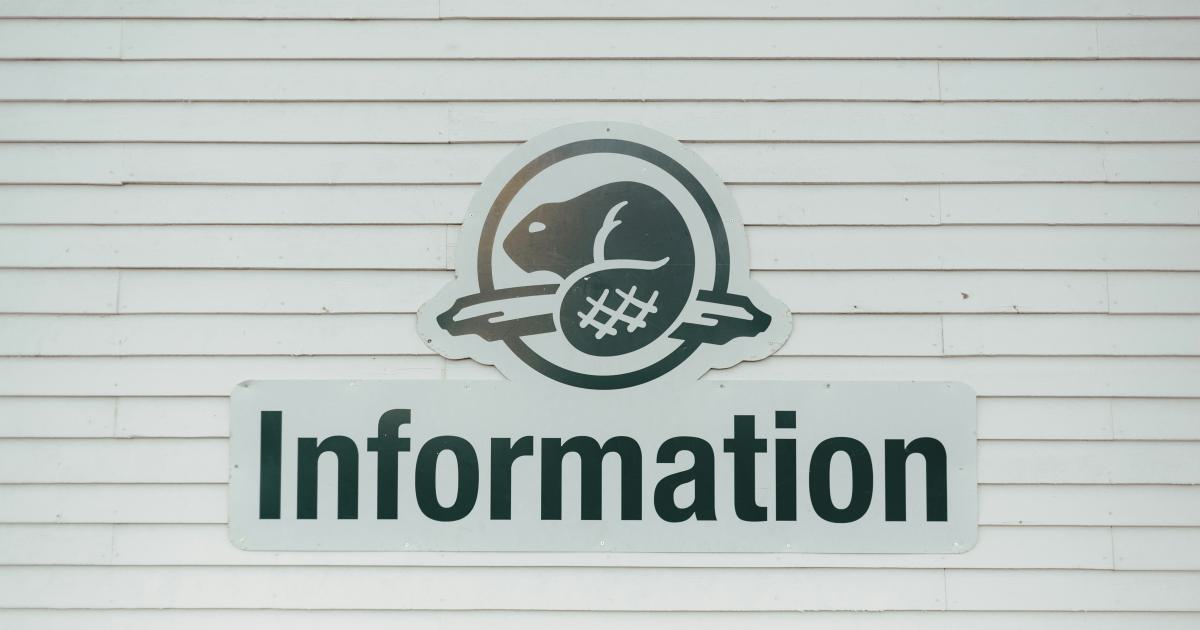Dissecting High-Value Competitor Backlink Sources


Understanding the Importance of Competitor Backlink Analysis
Backlinks, or inbound links pointing to your website from other sites, are a crucial factor in search engine optimization (SEO). They are considered one of the most important ranking signals, as search engines like Google use them to evaluate the authority and relevance of a website. However, it's not just about the quantity of backlinks; the quality of those links is equally, if not more, important.
One of the most effective ways to improve your own backlink profile is by analyzing your competitors' backlink sources. By understanding where your competitors are acquiring high-quality backlinks, you can identify opportunities to earn similar or even better links, helping to boost your website's search engine visibility and rankings.
In this comprehensive article, we'll dive deep into the process of dissecting your competitors' high-value backlink sources, uncovering strategies to replicate their success and surpass their performance.
Identifying Competitor Backlink Sources
The first step in this process is to identify your key competitors and their backlink sources. There are several tools and techniques you can use to gather this information:
1. Backlink Analysis Tools
Tools like Ahrefs, Moz, SEMrush, and Majestic are invaluable for backlink research. These platforms allow you to input your competitors' URLs and view detailed reports on their backlink profiles, including the referring domains, anchor text, and link types.

2. Link Prospecting Techniques
In addition to using backlink analysis tools, you can also employ link prospecting techniques to uncover additional backlink sources. This may involve searching for industry-relevant directories, guest posting opportunities, broken link building, and more.
3. Manual Search Engine Queries
Performing targeted Google searches can also yield useful insights. Try searching for queries like "[Your Competitor] + inurl:links" or "[Your Competitor] + intitle:resources" to find pages that may be linking to your competitors.

Once you've compiled a comprehensive list of your competitors' backlink sources, it's time to analyze them in more detail.
Evaluating Backlink Quality
Not all backlinks are created equal. To identify the high-value backlink sources, you'll need to evaluate the quality of each link based on several key factors:
1. Domain Authority
Domain authority is a metric that predicts how well a website will rank on search engine results pages (SERPs). Websites with a higher domain authority are generally more valuable backlink sources.

2. Page Authority
Similarly, page authority measures the strength and relevance of a specific page on a website. Pages with higher authority are more likely to pass on link equity to your site.
3. Relevance
The relevance of the linking page and website to your own business and industry is crucial. Contextually relevant backlinks are more valuable than irrelevant ones.
4. Link Placement
The placement of the backlink on the page can also impact its value. Links within the main content area are generally more valuable than those in the footer or sidebar.

5. Anchor Text
The anchor text, or the clickable text of the backlink, can provide important signals to search engines about the relevance and context of the link.
6. Link Type
Different types of backlinks, such as dofollow, nofollow, sponsored, or user-generated, may carry different levels of value and impact on your SEO.
By carefully evaluating these factors, you can identify the high-value backlink sources that are most worth pursuing.
Categorizing Competitor Backlink Sources
Once you've assessed the quality of your competitors' backlinks, it's time to categorize them into different types of sources. This will help you develop a more targeted strategy for replicating and surpassing their backlink profile.
1. Industry-Relevant Directories and Niche Websites
Many high-quality backlinks come from industry-specific directories, niche blogs, and other authoritative websites within your field. These links are often highly relevant and carry significant weight.

2. Educational and Government Websites
Backlinks from .edu and .gov domains are particularly valuable, as they are generally considered more trustworthy and authoritative by search engines.

3. Media and News Websites
Backlinks from reputable media outlets, news sites, and online publications can also be highly valuable, as they signal the credibility and visibility of your brand.

4. Guest Post and Contributed Content
Many of your competitors may be acquiring backlinks through guest posting on industry blogs or contributing content to other relevant websites.

5. Partner and Affiliate Websites
Backlinks from complementary businesses, partners, or affiliate websites can also be valuable, as they often indicate a strong relationship or endorsement.

6. Social Media and Online Communities
While social media links are generally considered less valuable for direct SEO, they can still contribute to your overall brand visibility and authority.

By categorizing your competitors' backlink sources, you can better understand the strategies they're employing and identify the most promising opportunities to replicate and surpass their efforts.
Reverse-Engineering Competitor Backlink Strategies
Now that you've identified and categorized your competitors' high-value backlink sources, it's time to reverse-engineer their strategies and develop a plan to acquire similar (or even better) links.
1. Replicate Successful Guest Posting and Contributed Content
If your competitors are successfully securing guest post or contributed content opportunities, research the websites they're writing for and look for similar opportunities. Reach out to the editors or publishers and pitch your own relevant, high-quality content.

2. Leverage Industry Directories and Niche Websites
Identify the industry-specific directories, niche blogs, and other authoritative websites where your competitors have earned backlinks. Carefully evaluate these sources and determine if they're a good fit for your own business. Then, take the necessary steps to get listed or featured on these sites.

3. Pursue Backlinks from Educational and Government Websites
Backlinks from .edu and .gov domains can be highly valuable, but they're also notoriously difficult to acquire. Explore opportunities to partner with local universities, research institutions, or government agencies on projects or initiatives that may lead to backlink opportunities.

4. Cultivate Relationships with Media and News Outlets
Building relationships with journalists, editors, and content creators at reputable media outlets can open the door to valuable backlink opportunities. Pitch story ideas, offer expert commentary, or explore opportunities to contribute content to these high-authority websites.

5. Leverage Partner and Affiliate Websites
Strengthen your existing partnerships and explore new opportunities to collaborate with complementary businesses. This could involve joint content creation, cross-promotion, or even co-branded initiatives that result in valuable backlinks.

6. Capitalize on Social Media and Online Communities
While social media backlinks may not directly impact your search rankings, they can still contribute to your overall online presence and brand authority. Engage actively with your target audience on relevant social platforms and participate in industry-specific online communities to build relationships and earn valuable mentions and shares.

By reverse-engineering your competitors' successful backlink strategies and implementing your own targeted outreach efforts, you can steadily build a high-quality backlink profile that supports your long-term SEO goals.
Measuring and Tracking Progress
To ensure the effectiveness of your backlink acquisition efforts, it's essential to regularly monitor and track your progress. This involves:
1. Ongoing Competitor Backlink Monitoring
Continuously track your competitors' backlink profiles to stay informed about any changes or new opportunities. This will help you adapt your strategy and stay one step ahead.

2. Analyzing Your Own Backlink Growth
Closely monitor the growth and quality of your own backlink profile, comparing it to your competitors' progress. This will help you identify areas for improvement and measure the impact of your efforts.

3. Evaluating Referral Traffic and Conversions
In addition to tracking backlink metrics, also analyze the impact of your backlink acquisition on referral traffic and conversions. This will help you understand the true value of your efforts.

4. Adjusting Your Backlink Strategy as Needed
Based on the data and insights you gather, continuously refine and optimize your backlink acquisition strategy to ensure you're making the most of your efforts.

By closely monitoring your progress and making data-driven adjustments, you can consistently improve your backlink profile and outpace your competitors in the search engine rankings.
Conclusion
Dissecting and leveraging your competitors' high-value backlink sources is a powerful strategy for boosting your own SEO performance. By thoroughly analyzing their backlink profiles, categorizing their sources, and reverse-engineering their successful strategies, you can identify and pursue valuable link-building opportunities that will help you surpass their search engine visibility.
Remember, effective backlink acquisition is an ongoing process that requires continuous monitoring, measurement, and optimization. Stay vigilant, adapt your approach as needed, and you'll be well on your way to building a robust and sustainable backlink profile that drives long-term success for your business.
Are You Crushing It in Internet Marketing?
Struggling to boost your online visibility and traffic? Semrush is the ultimate platform for digital marketers like you. With powerful SEO tools and competitive data insights, you can optimize your website, content, and campaigns for maximum impact.
Join over 7 million marketers already using Semrush to outrank their competitors, drive more qualified leads, and grow their businesses online. Get started today with a 7-day free trial, and unlock the full potential of your internet marketing strategy.
Unlock the Power of SEO with Semrush
Are you struggling to boost your online visibility and drive more traffic to your website? Semrush has the solution.
Our comprehensive platform offers advanced keyword research, competitor analysis, and SEO audits, empowering you to optimize your content and outrank your competition.